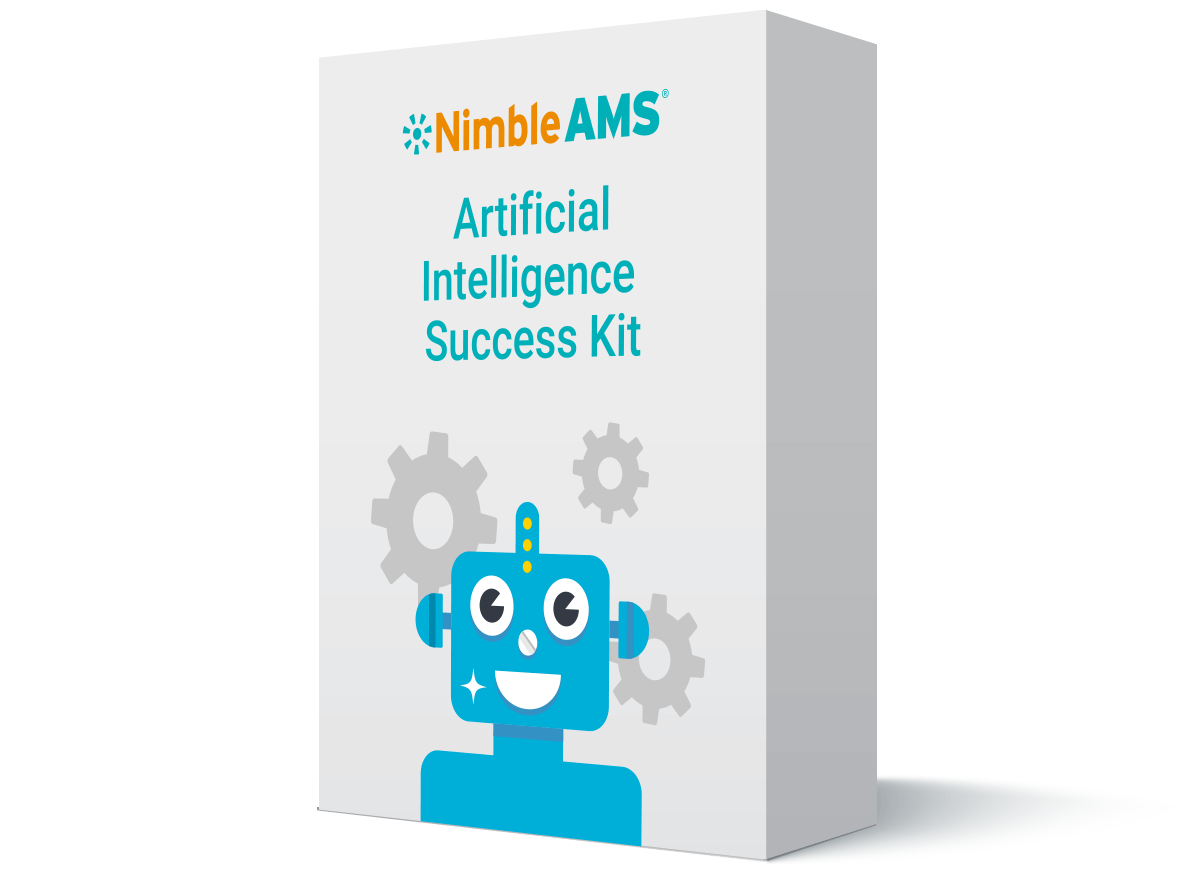Data silos. You hear the term, and you know they’re not good for organizations. So, why do so many organizations still have them?
Let’s think about how data silos come about in the first place:
Organizations often implement systems to achieve specific tasks. Over time, the organizations find themselves with multiple systems, some of which become outdated technology.
Meanwhile, employees still have to get their jobs done. And when systems and processes make that difficult, they find workarounds through non-authorized systems like spreadsheets, other databases, and even paper-based systems. These rogue systems create isolated pockets of data that’s often duplicated in more than one system.
At first, you might think data silos don’t seem so bad. Sure, having data in multiple places makes it difficult to operate efficiently and effectively. But your association has housed member data in multiple systems and spreadsheets for years – it’s just the way you do things, right?
How data silos hurt your association
The truth is that data silos can hurt your association more than you might think. Consider these harmful effects of data silos:
Outdated information – Data that’s in multiple systems and spreadsheets can get outdated in a hurry. It’s nearly impossible to remember to update member data that’s hanging out in spreadsheets and various systems every time something changes. You might even forget about a lonely spreadsheet that no one’s updated in several months. The next thing you know, you aren’t sure how to find the most recent information.
Reporting breakdown – As your association evolves, so does your need for fast, accurate reports on things like member acquisition and retention. Without member data in a single system, pulling together reports requires a time-consuming process of cobbling together numbers and other data from disparate systems. Even then you don’t know for sure that you’ve captured all of the latest data.
Inconsistent decision-making – With reports you can’t trust, you don’t have accurate insights into the health of your organization. You can’t make precise and informed decisions. And, if each team across your organization is housing data in a different place, they each could be making decisions based on different information than the other teams.
Disjointed member experience – When your member data is outdated and different departments in your organization are working with different sets of data, what happens? Your member experience suffers. Members are more likely to receive incorrect communications. They might have to contact your team multiple times to update their information. Eventually, you might lose them as members.
Security issues – It’s hard to keep your member data secure when it’s scattered across your organization in different systems. How can you keep your member data secure and backed up, not to mention comply with data regulations, when you can’t easily find or control access to it?
How to break down data silos in your association
When you think of all of the harm data silos can cause, you might ask, “why are we still doing things this way?” The good news is that you don’t have to.
Here are four steps to break down data silos in your organization:
- Evaluate your systems. Review each system and tool your association is using to collect and store data. For each one, consider if it’s serving a unique purpose or if you can easily consolidate it with another system or tool.
- Clean and organize your member data. Take time to tidy up your member data. This simple activity can have several benefits, including spending less time finding the data you need, having more accurate reports, and spending less time moving data around.
- Move to a modern association management software (AMS) system. Move to an AMS system that allows you to collect and manage member data in one central location. Moving to a modern AMS system will allow you to easily keep member data updated and secure as well as give you a complete view of your member data through reports and dashboards.
- Integrate your technology systems. Even after moving to a new AMS system, you might still have other systems for specific purposes. Be sure to integrate other technology systems with your AMS so your entire organization can look to your AMS for the most accurate, updated information.




